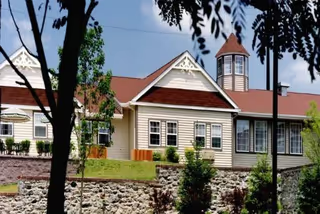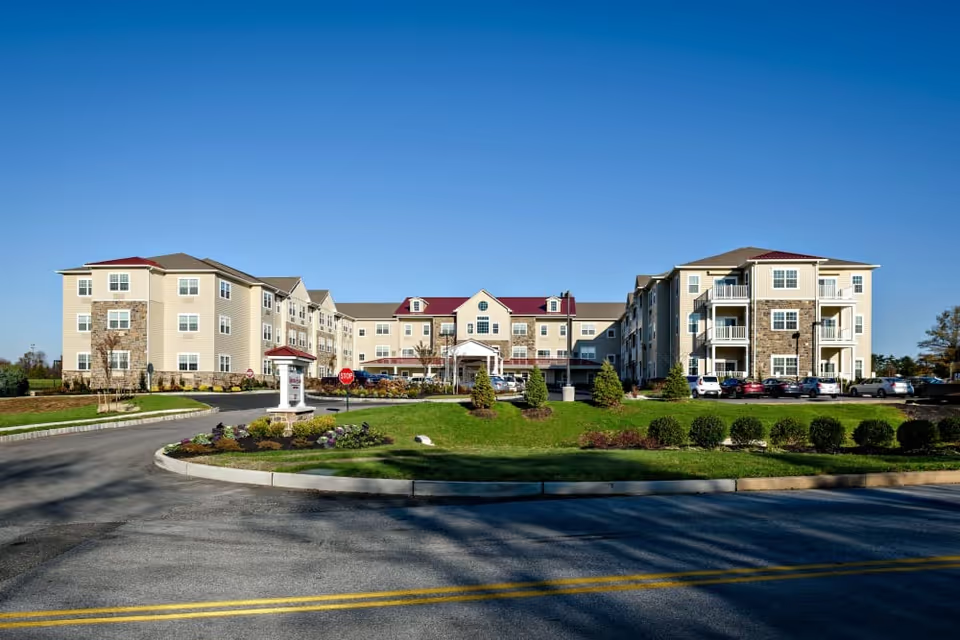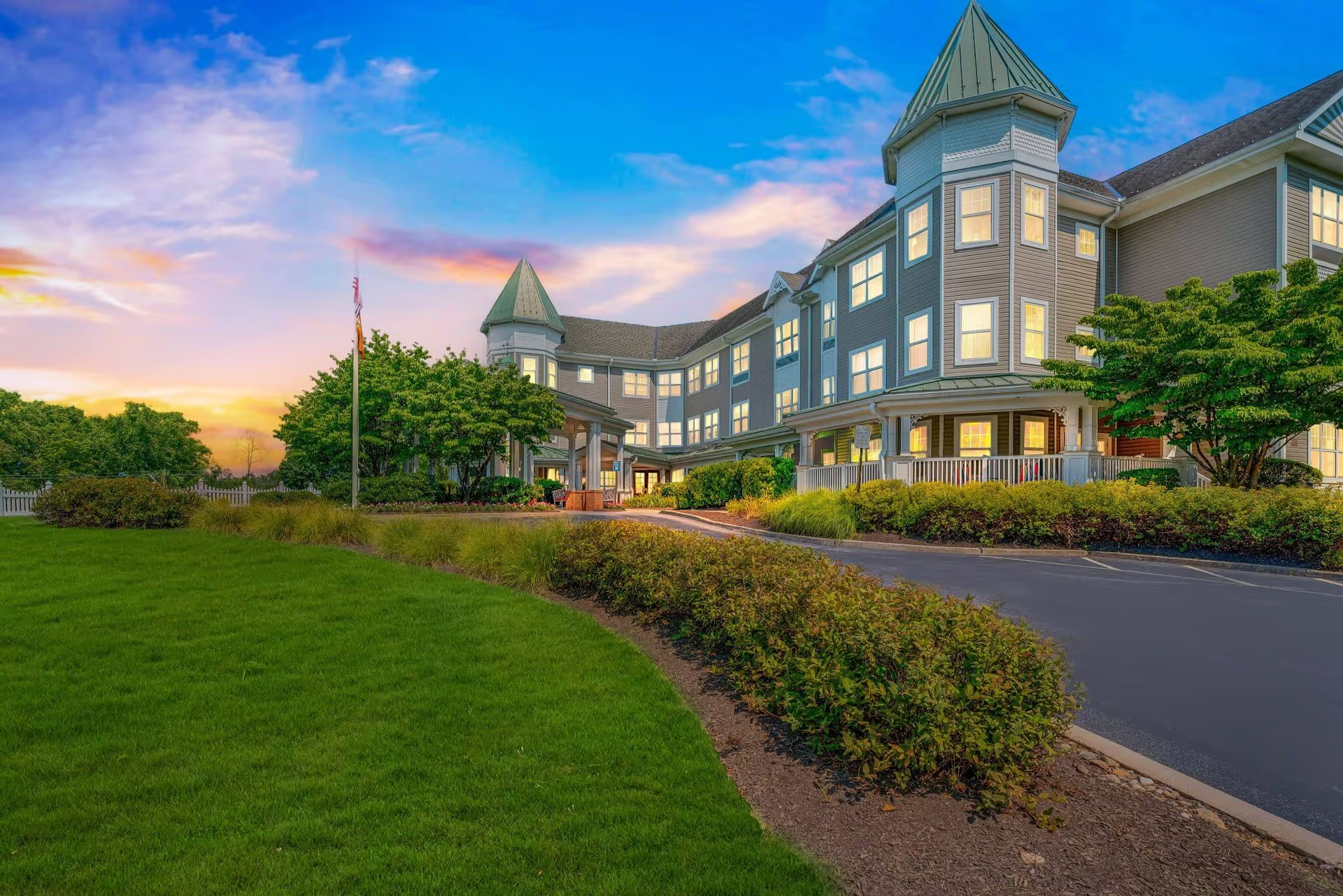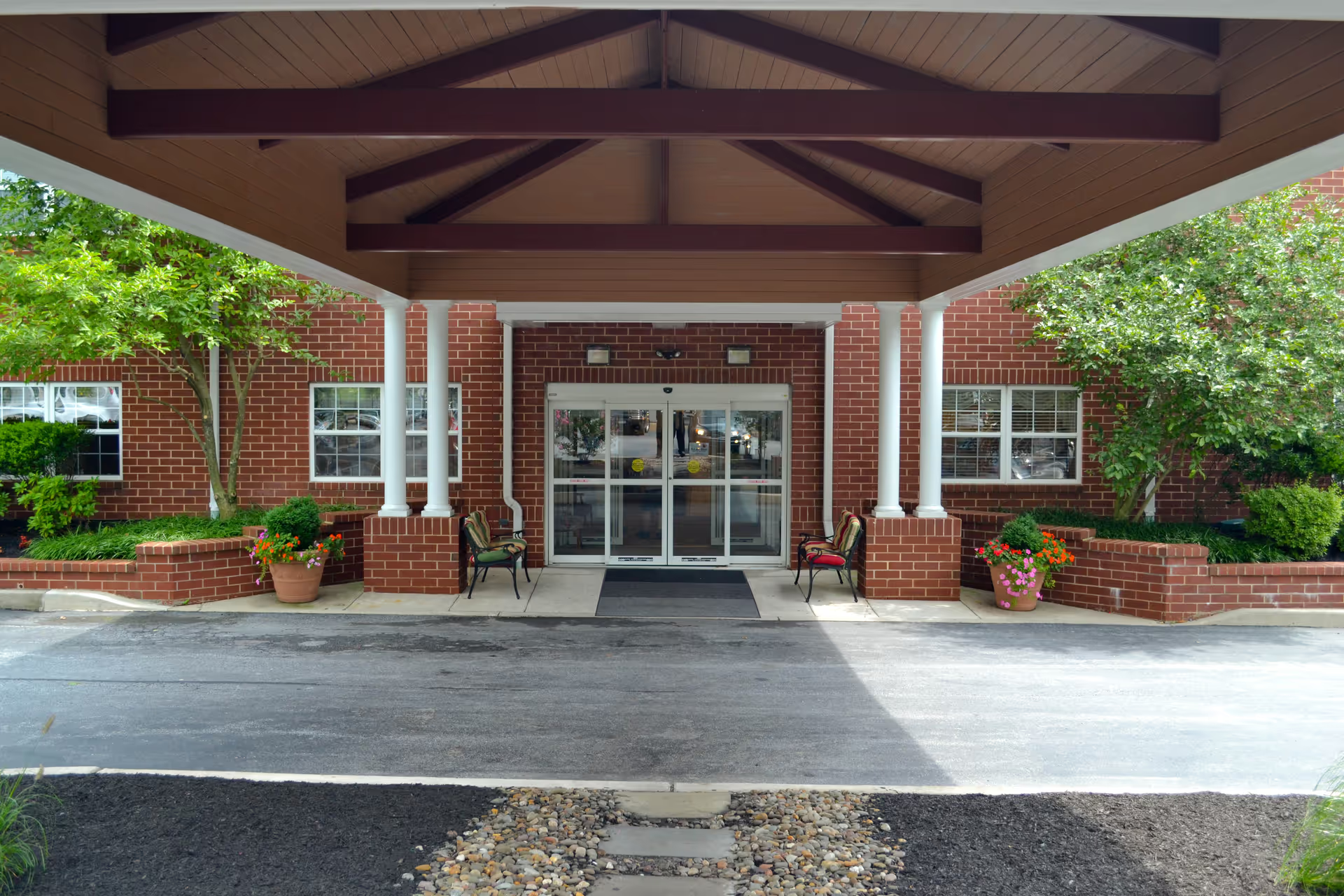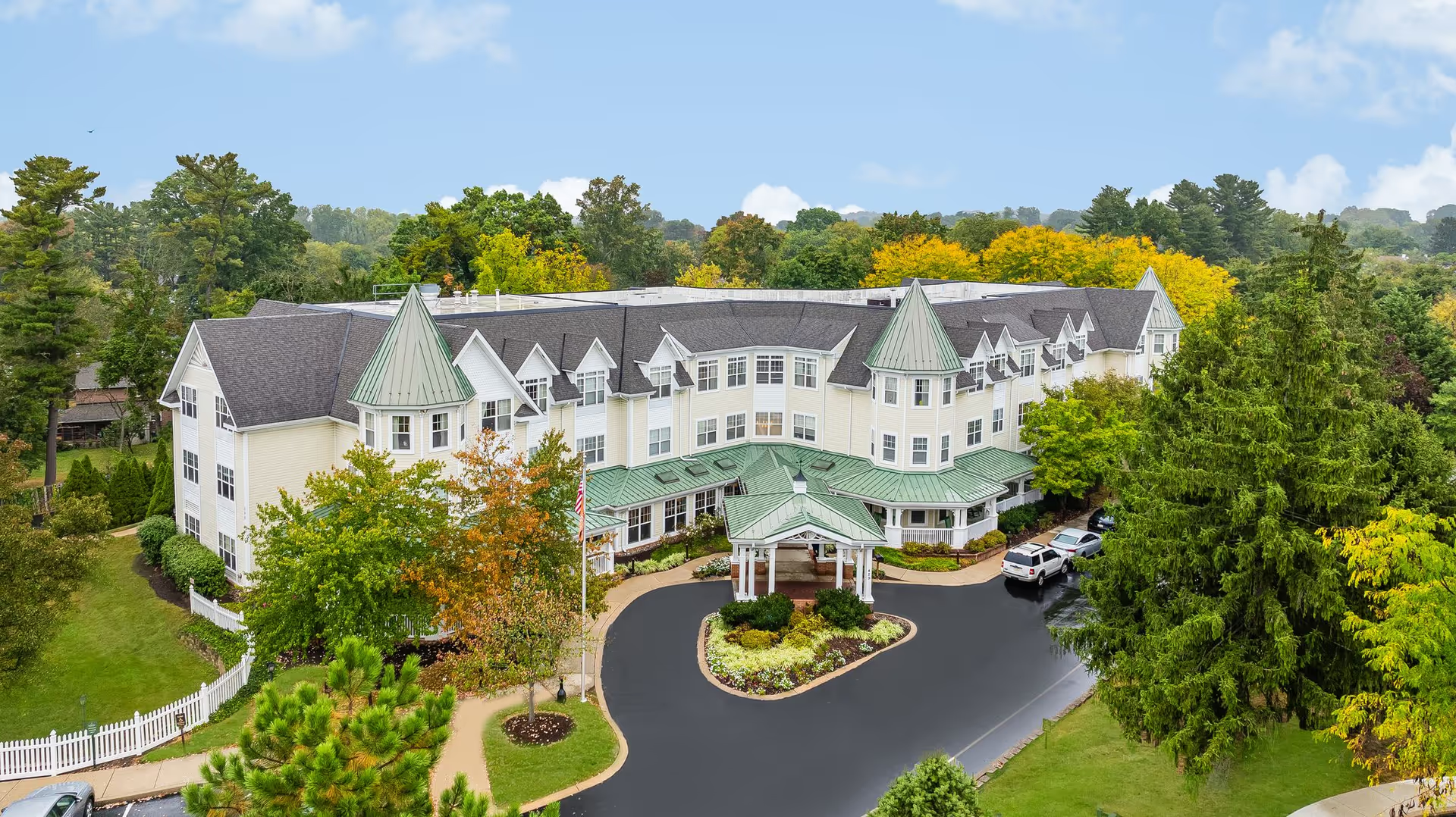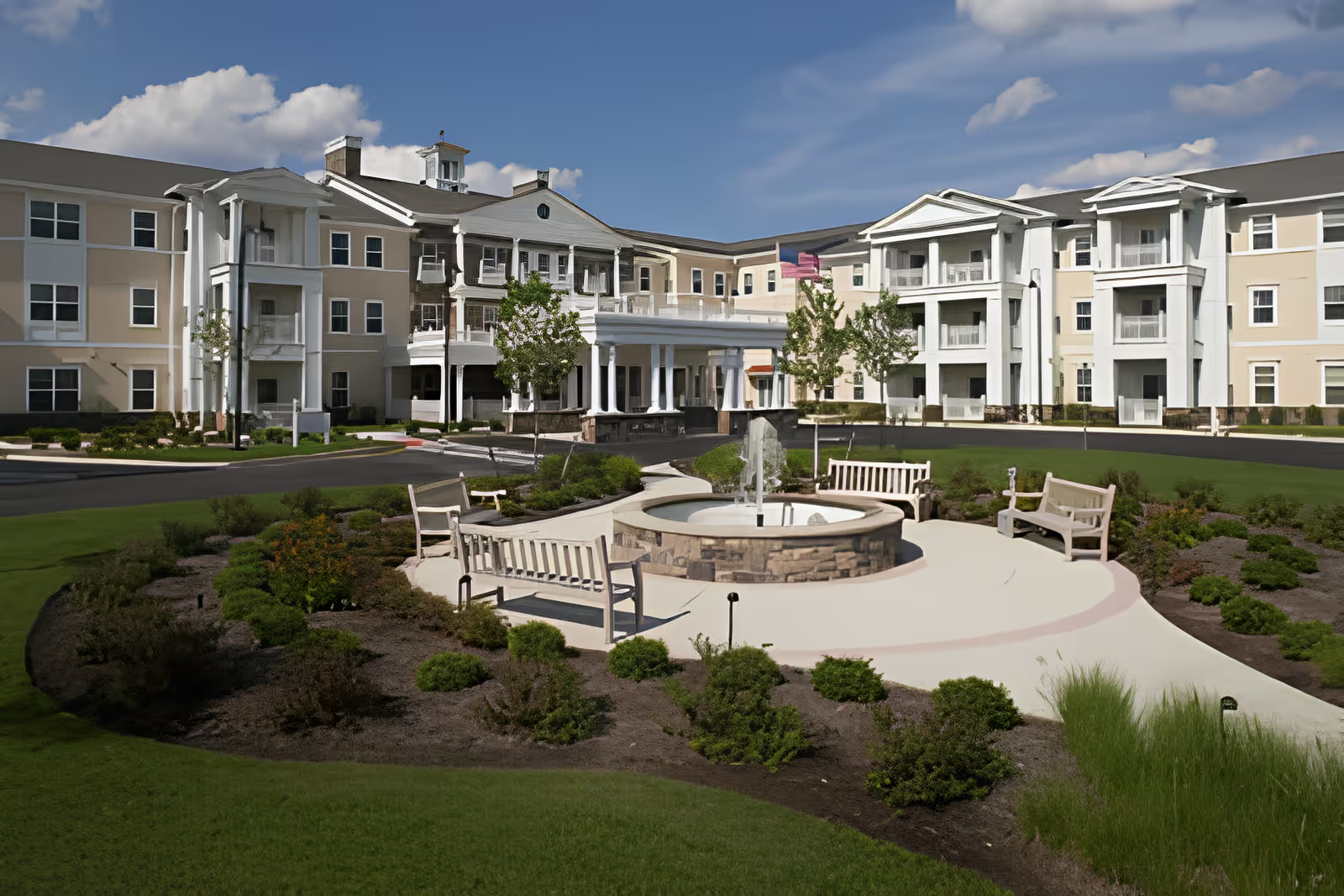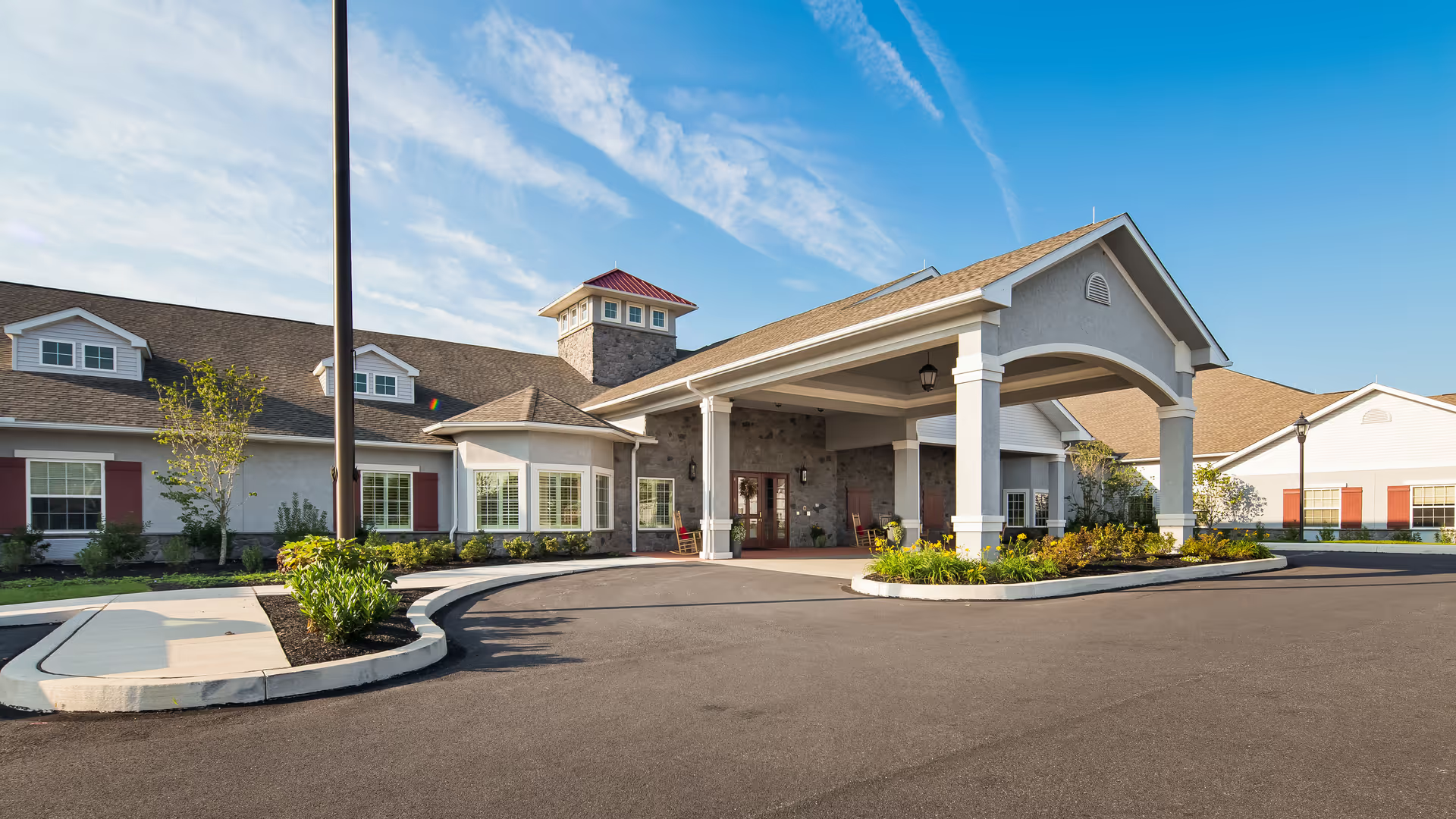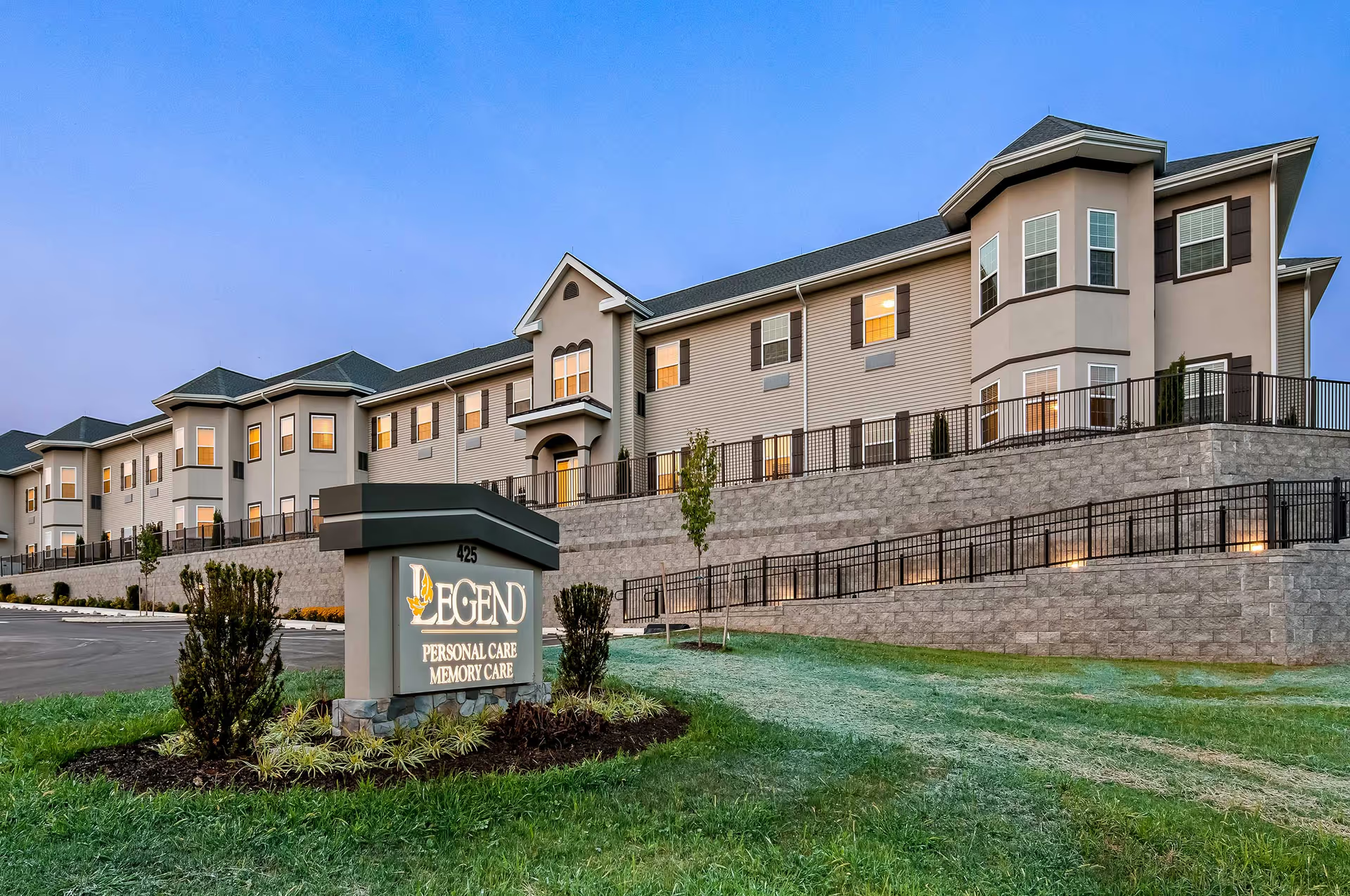Overall sentiment about Forwood Manor is strongly mixed, with many reviewers praising the campus, food, staff, social life and apartment-style living, while a significant minority report serious concerns about management responsiveness, safety, assisted-living quality, and cost. Many reviews describe a well-kept, attractive property with large, comfortable apartments, plentiful storage, bay windows and outdoor access that create a homelike feel. The dining program receives repeated praise from numerous reviewers — multiple people highlight an excellent chef, restaurant-style dining, generous portions and varied menus. The community hosts an active calendar of events (concerts, bus outings, bingo, crafts, gardening groups and seasonal celebrations) and offers regular transportation to shopping and medical appointments, which contributes to a strong social environment for residents who engage. On-site therapy and rehab services, coordinated medical visits and good family communication (including remote options like Zoom during COVID) were advantages noted by many families.
Staff performance is a central theme and the largest single strength cited: reviewers repeatedly call out caring, attentive, compassionate employees and several staff members by name. Many families describe smooth transitions, helpful admissions and move-in assistance, staff who remember residents’ names and staff who go above and beyond. Maintenance and housekeeping are often described as effective, common areas as clean and welcoming, and landscaping and outdoor spaces as pleasant and dog-friendly. For residents who experienced a well-run move-in and consistent staffing, Forwood Manor provided security, a good balance between independence and support, and an active, fulfilling lifestyle.
However, the reviews reveal consistent and consequential concerns. Cost is a recurring negative: several reviewers cite high monthly fees and notable upfront move-in charges (one reviewer specifically mentioned $4,000), plus complaints about extra charges for routine assistance. Multiple reviewers experienced poor communication — from a clueless or unhelpful receptionist to unanswered calls and slow or absent managerial follow-up. Maintenance is uneven: while some issues are addressed promptly, others report dated carpets, poor lighting in long dark hallways, sticky doors, loose handrails, or delays that represent safety hazards. Safety and quality of clinical care show mixed reports that merit careful scrutiny: there are multiple serious allegations including falls, hospitalizations, insufficient caregiver presence in assisted living, and at least one report of suspected overmedication. Several families said assisted-living areas appear neglected or like converted nursing-home rooms, contrasting sharply with the nicer independent-living areas.
COVID-19 also figures prominently and had a bifurcated impact. Some reviewers praised strict safety protocols, PPE use, testing and remote family communication; others experienced restrictive tour conditions, outbreaks, suspended activities, limited dining hours and pressure related to testing/vaccination. The pandemic amplified reports of loneliness for some residents when activities were curtailed. Activities and social programs are usually described as robust, but there are repeated reports of canceled or limited programming (sometimes due to illness or staffing shortages), creating uneven resident experiences.
Pet policy and consistency of promises emerged as another area of friction: a number of reviewers appreciated the dog-friendly features and outdoor access, but a few report conflicting information about allowing multiple dogs or pressure to remove pets after move-in. Dining is generally a strength, yet the reviews include instances of miscommunication about meal hours, delivery problems (spilled drinks/meals), and differences in perceived quality between reviewers. Management and oversight are variable in reviewers’ eyes — while many commend specific directors and staff for responsiveness and personalized care, others describe poor administrative follow-through, nickel-and-diming, or escalated issues that required ombudsman or moving a loved one elsewhere.
Patterns to weigh when considering Forwood Manor: 1) Independent living experiences are disproportionately positive — people highlight large apartments, social life, excellent dining and engaged staff — while assisted living/health center experiences are more mixed and include some serious safety and care concerns. 2) Staff quality is a major plus when consistent; turnover and understaffing negatively affect programming, responsiveness and clinical oversight. 3) Maintenance and facility condition vary by area — many spaces are beautiful and well-kept but there are recurring complaints about dated carpets, poor hallway lighting and occasional safety hazards. 4) Cost and fees are significant and some families feel value does not match price when care is inconsistent.
In summary, Forwood Manor appears to offer a high-quality lifestyle for many independent-living residents: attractive apartments, strong dining, an active activities program and many compassionate staff members. Prospective residents and families should, however, conduct focused due diligence around assisted-living care quality, staffing levels and turnover, management responsiveness, safety features (fall prevention, handrails, lighting), specific pet policies and an exact accounting of move-in fees and recurring extra charges. Ask for recent staffing ratios, incident reports, examples of complaint resolution, and a tour of the assisted-living wing during normal activity times. The community can be excellent for those who experience the strong staff and well-run dining/activities programs, but the mixed reports about clinical care and administrative follow-through are material and should be clarified before making a commitment.
